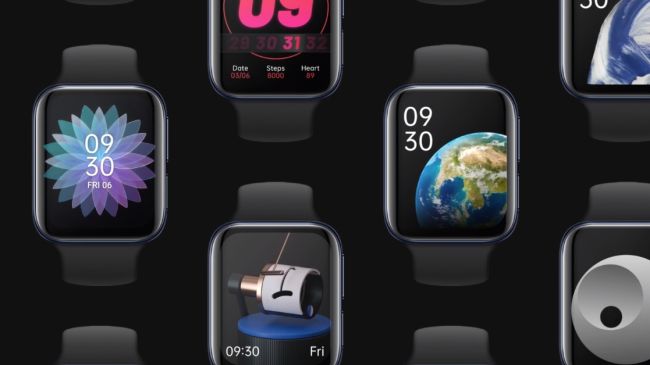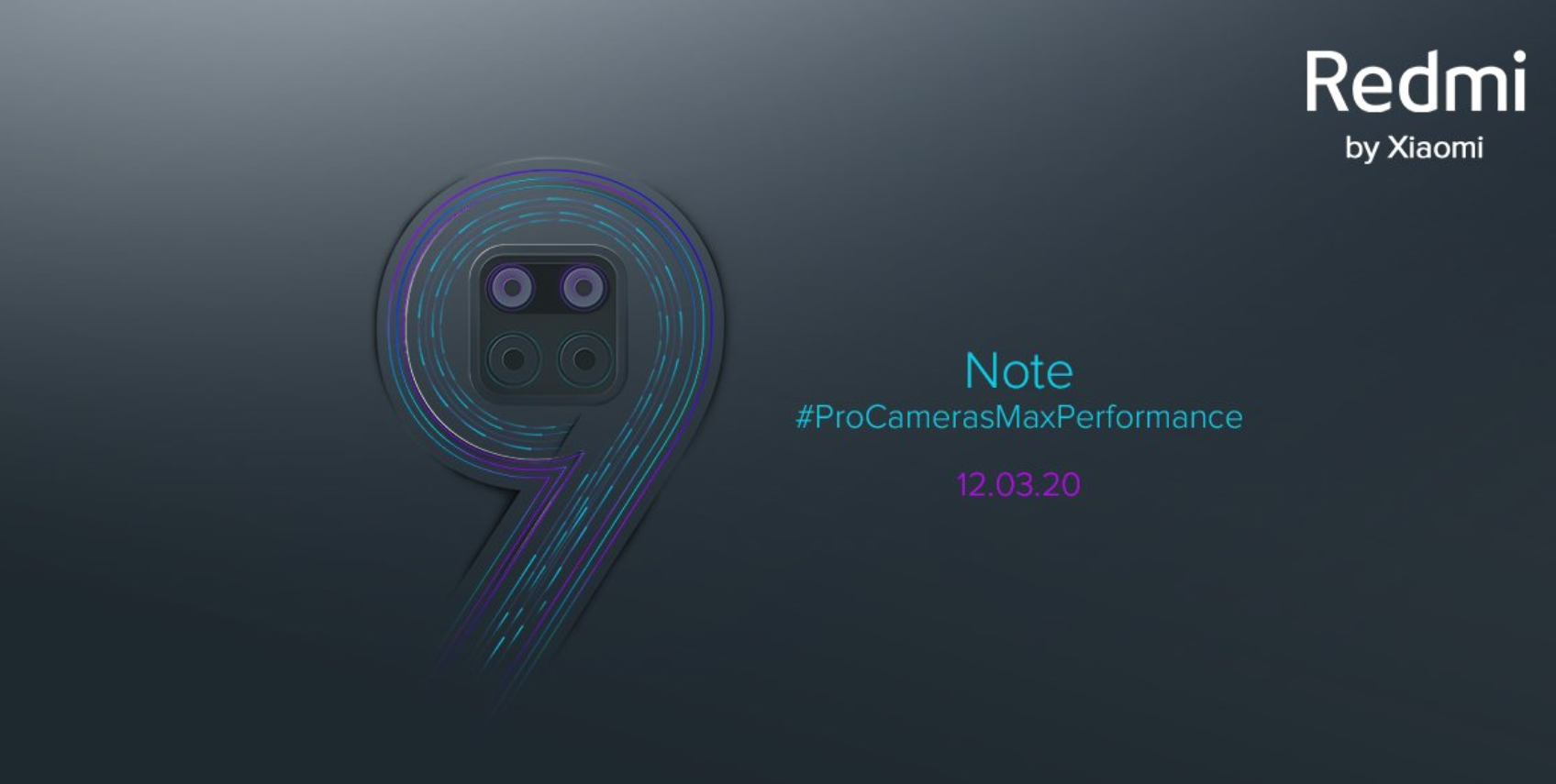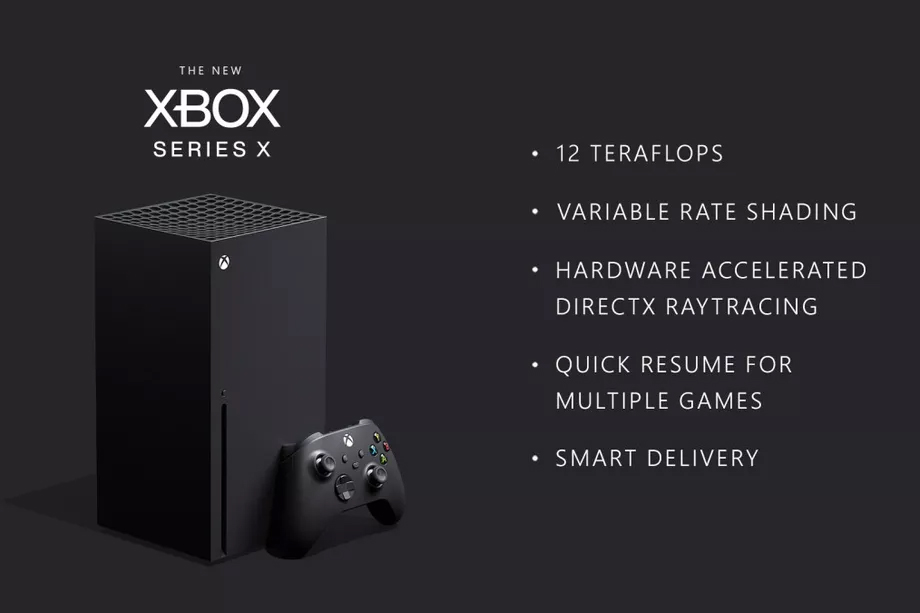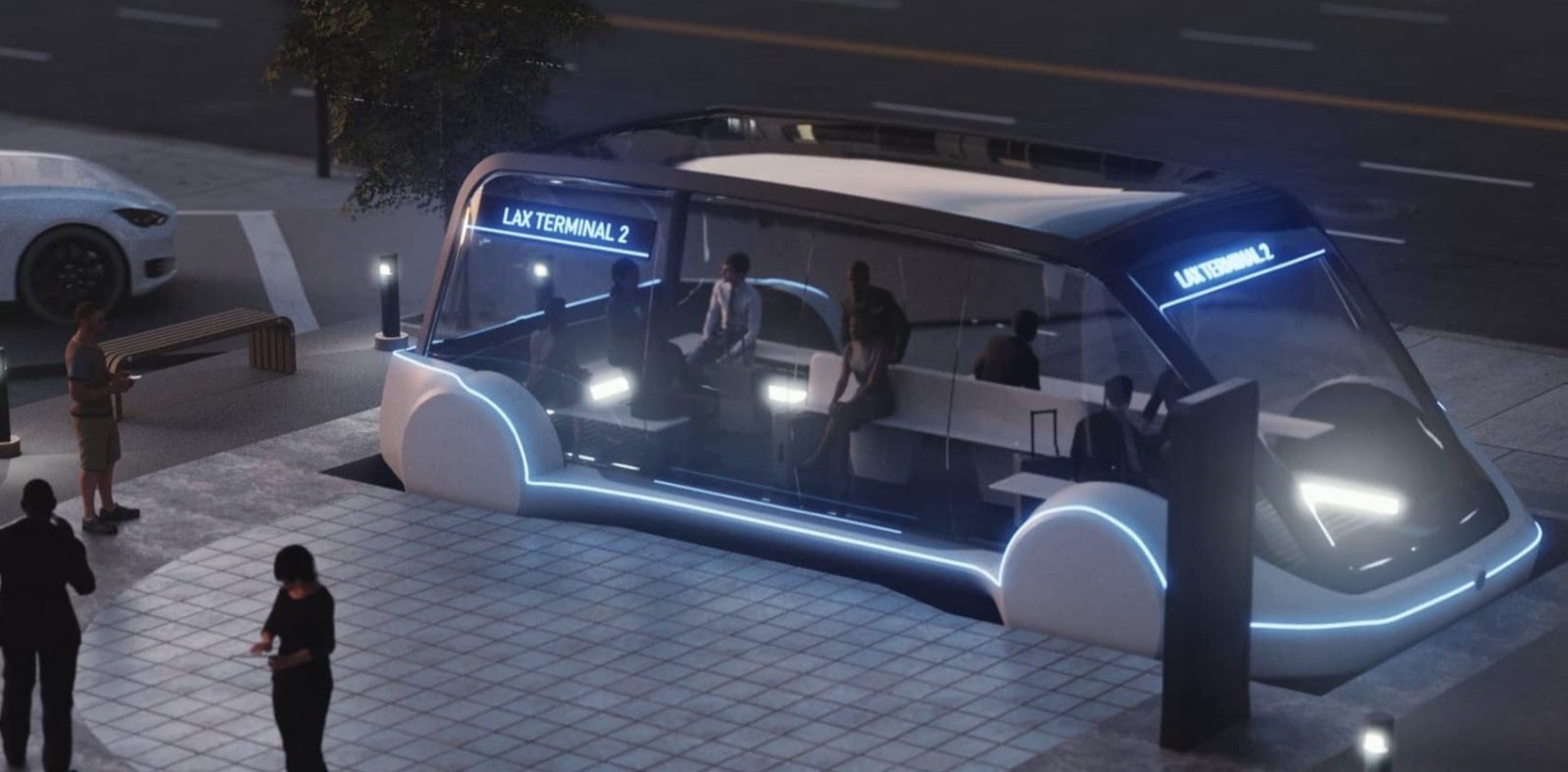
Elon Musk has unveiled a redesign of Tesla’s Solar Roof tiles, dubbed “Solar Glass Roof.” The new roof design will cost around $42,500 for a 2,000-square-foot roof with 10kW of solar capacity before tax credits (or about $21.25 per square foot), according to Tesla’s website, though pricing will vary by size and location. The new roof will come with a 25-year warranty, and be offered in a dark tempered glass finish to start, though Musk said Friday he hopes to unveil new designs “every six to nine months.”
The new version of the Solar Roof is the third design Tesla has come up with, and the company says it should be cheaper and quicker to install than version two, which is what Tesla was selling before Friday’s announcement. With version two, Musk told reporters, Tesla was “basically trying to not lose money” on each installation, in part because that version of the roof needed additional work done after it left the factory and arrived at a home. He called them “quite artisanal,” and compared their installation to “building airplanes and you finish your construction on the runway.”THIS IS THE THIRD VERSION OF THE SOLAR ROOF, WHICH WAS UNVEILED IN 2016
“[It] just wasn’t a version that was worth scaling,” Musk said.
The new Solar Glass Roof, however, is the first version he feels comfortable scaling production-wise thanks to a simpler design with fewer parts and sub-assemblies. Musk compared the progress to how other technologies tend to need a few iterations before they gain wide adoption. “Windows 1 or 2 didn’t really work, frankly,” he said, presumably referring to Microsoft’s early operating systems.
The billionaire CEO claimed the new roof tiles, which are bigger and more power dense, will help “make roofs come alive,” creating a world “where you look around the neighborhood and the roofs are all gathering energy.”
“I think in the future, it will be odd for roofs to not gather energy,” Musk said.
The promise of the Solar Roof has always been an enticing one. Pay a premium over standard solar panels, and you can get a normal-looking tiled roof that will suck up the sun’s energy all the same. It won’t be for everyone, though. Musk tweeted on Thursday that the Solar Roof will “only make financial sense for new houses or replacement roofs.” If a potential customer’s roof is more than five years away from needing to be replaced, he said, they’re better off going with a standard solar panel setup.“I THINK IN THE FUTURE, IT WILL BE ODD FOR ROOFS TO NOT GATHER ENERGY.”
“It costs a price point that is less than what the average roof costs plus solar panels,” Musk said on the call.
Musk originally unveiled the Solar Roof in October of 2016 on the set of Desperate Housewives, right around when Tesla was in the middle of acquiring SolarCity — a company Musk was chairman of, and one founded by his cousins. That deal stirred up a great deal of controversy, with detractors calling it a “bailout” of SolarCity, which had started to struggle after years of growth. A number of Tesla shareholders even sued Musk over the deal, alleging he overvalued SolarCity, and claiming he did not properly recuse himself from the deal. (The lawsuit is still ongoing, and more documents — including Musk’s deposition — were unsealed Friday. Tesla and Musk have denied any impropriety.)
The Solar Roof project itself has been besieged with problems. It was originally supposed to go on sale in 2017, but design issues forced Tesla to delay the launch. Production eventually began in 2018 at the company’s second Gigafactory, a repurposed SolarCity factory in Buffalo, New York, but the rollout of the Solar Roof has been extremely limited while Tesla worked on what Musk referred to as “version three” of the design.
Tesla could use a win on the solar side of the business. The company deployed fewer solar panels in the second quarter of 2019 than in any other quarter since acquiring SolarCity, dropping it to third in the residential solar panel market in the US, and that number just barely ticked up in the third quarter. Tesla tried slashing prices and recently started offering a rental plan for its solar panels, though it’s still too early to tell whether the latter will help the company regain its market lead in the US. Tesla was also sued by Walmart in August, after a number of the retailer’s stores suffered fires allegedly started by Tesla and SolarCity solar panels.
“It’s been quite hard to get to this point,” Musk said Friday. “This was a quite a difficult product because roofs have to last for a long time. And then when you add electrification to the roof,” it gets even more difficult, he said.
Tesla says the new roof will be simpler, faster, and more intuitive to install than previous iterations, and that the goal is to install 1,000 roofs per week in the “next few months.” Musk said he believes the addressable market for the Solar Glass Roof is “100 million homes worldwide.” Musk also said Tesla has two internal installation teams competing on how to best install the new roof (a tactic he recently used with SpaceX’s Starship prototype), and is hiring a lot of installers. But Musk said Tesla will also bring in outside installation companies to figure out how to improve from there.
Source: The Verge

























:no_upscale()/cdn.vox-cdn.com/uploads/chorus_asset/file/19577575/D780_24_120_4_back_34l.jpg?w=980&ssl=1)
:no_upscale()/cdn.vox-cdn.com/uploads/chorus_asset/file/19577604/P950_front34r_Flash.jpg?w=980&ssl=1)





